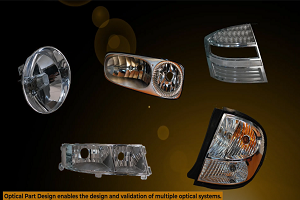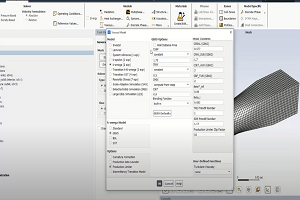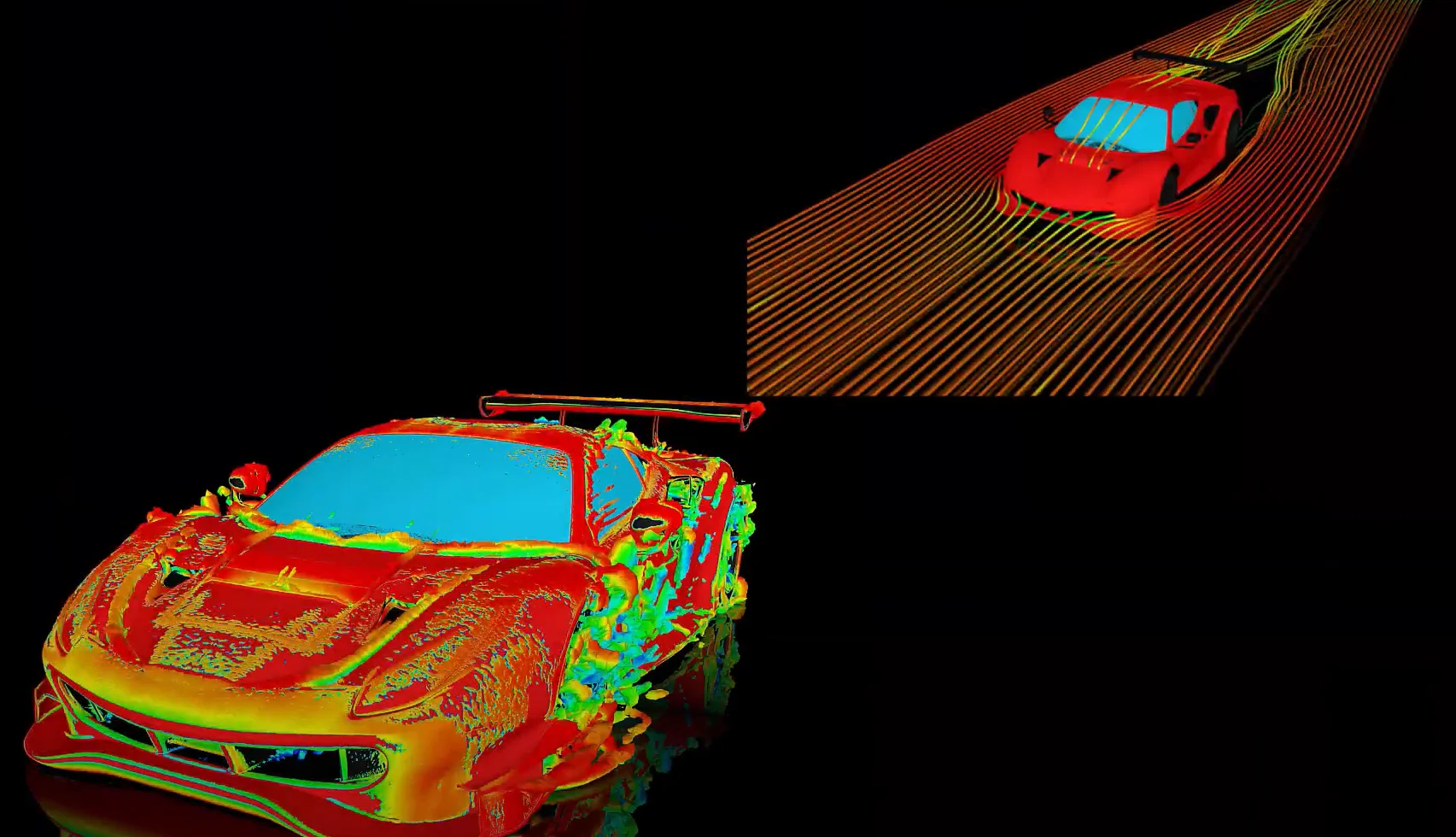-
-
January 25, 2023 at 7:34 am
 FAQParticipant
FAQParticipantAnswer: The difference between EPPL,EQV (current equivalent plastic strain) and NL,EPEQ (accumulated equivalent plastic strain) can be explained with an example: For monotonic, proportional loading, the values of EPPL,EQV and NL,EPEQ will basically be the same. The main difference between the two will be observed for cases involving cyclic loading. Imagine a uniaxial specimen that undergoes cyclic loading such that it has plastic straining in tension and compression. This will basically traverse the cyclic stress-strain history where plastic strain will increase, then decrease to zero in reverse loading, then increase again, etc. This equivalent plastic strain is EPPL,EQV. However, if we look at it from the perspective of the damage of the material, the equivalent plastic strain decreasing gives the wrong impression. Hence, NL,EPEQ always increases, and it represents the accumulation of plastic strains during the entire load history (it is always increasing and positive). Hence, in the case of the uniaxial specimen, after compressing the rod to “recover” the plastic strain, EPPL,EQV would show 0 strain while NL,EPEQ would show 2*max_plastic_strain since NL,EPEQ is accumulated (NL,EPEQ is often used in damage calculations).
-


Introducing Ansys Electronics Desktop on Ansys Cloud
The Watch & Learn video article provides an overview of cloud computing from Electronics Desktop and details the product licenses and subscriptions to ANSYS Cloud Service that are...

How to Create a Reflector for a Center High-Mounted Stop Lamp (CHMSL)
This video article demonstrates how to create a reflector for a center high-mounted stop lamp. Optical Part design in Ansys SPEOS enables the design and validation of multiple...

Introducing the GEKO Turbulence Model in Ansys Fluent
The GEKO (GEneralized K-Omega) turbulence model offers a flexible, robust, general-purpose approach to RANS turbulence modeling. Introducing 2 videos: Part 1 provides background information on the model and a...

Postprocessing on Ansys EnSight
This video demonstrates exporting data from Fluent in EnSight Case Gold format, and it reviews the basic postprocessing capabilities of EnSight.

- Question: What is the difference between PLNSOL, EPPL, EQV and PLNSOL,NL,EPEQ?
- Guidelines of modeling a gasket.
- ANSYS Mechanical: Delamination Analysis using Contact Debonding
- How to use layered section to simulate composites and post process the results in ANSYS Mechanical
- ANSYS ACCS: Simulation of a Composite Rib Using ANSYS Composite Cure Simulation Tool
- What are Isochronous stress-strain curves? How can they be used in ANSYS for modeling creep?
- Why is the unit of the elastic foundation stiffness N/m^3?
- Hyperelastic Simulations
- For the stress-life fatigue method, how are the Goodman and Gerber mean stress theories used to modify the calculated stress amplitude in the Workbench Fatigue Module?
- How do I enter major Poisson’s ratio in ANSYS Mechanical?

© 2024 Copyright ANSYS, Inc. All rights reserved.

